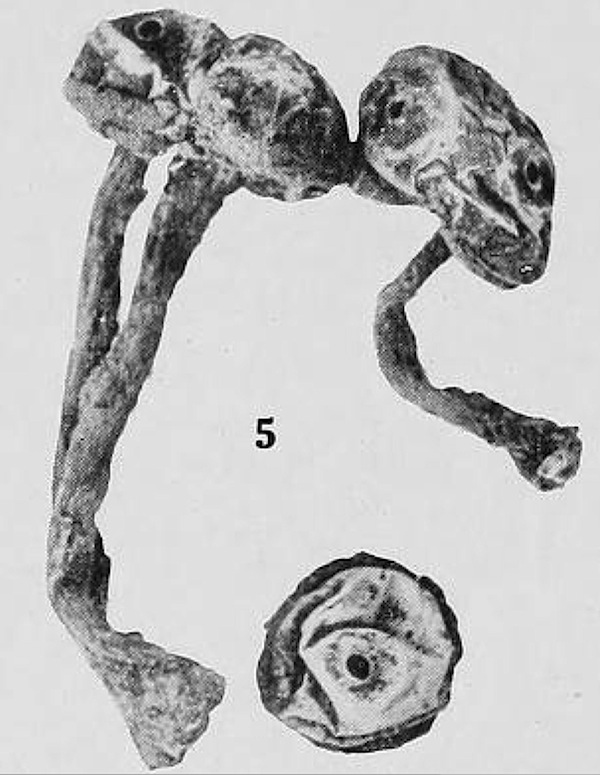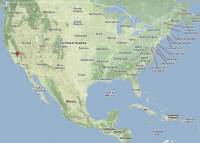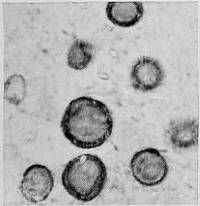
|
|
|
|
Family: Agaricaceae
|
Cunningham, G.H. 1925. Gasteromycetes of Australasia. II ii. A Revision of the Genus Tulostoma. Proceedings of the Linnean Society of New South Wales 50(3): 252. TULOSTOMA MACROSPORUMPlate xxxiii, Fig. 5; PI. xxxv, Fig. 20. Peridium depressed-globose, up to 8 mm high, 12 mm. diam.; exoperidium completely falling away from the endoperidium, leaving this smooth save at the base; endoperidium white, smooth, thin, papyraceous. Mouth entire, short-tubular, circular, 1 mm. diam. Stipe 2-3 cm X 1.5-2 mm, equal, smooth, sparsely striate, woody, stuffed, slightly dilated at the base. Gleba pallid-violaceous; capillitium tinted or hyaline, threads sparsely branched, septa slightly swollen. Spores globose or subglobose, 9-13 µ diam.; epispore ferruginous, densely and coarsely echinulate, spines about 1 µ long, epispore 1.5-2 µ thick. Habitat. — Caespitose on the ground.Distribution. — New South Wales: Dubbo (July, 1915. J.B.C.). Type in Herb. Clel. (Id., Lloyd, No. 79, as T. McAlpinianum). The caespitose habit, violaceous gleba, and especially the large and coarsely echinulate spores, characterize this species. If T. McAlpinianum is to be maintained as a species — separable only upon spore markings — then the above also must be considered a distinct and clearly defined species. |








